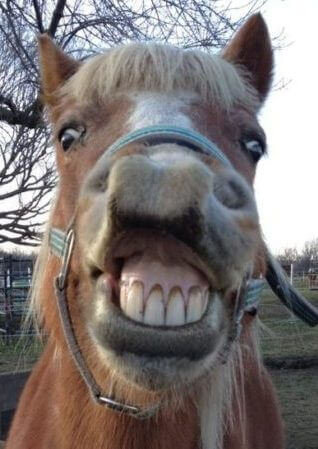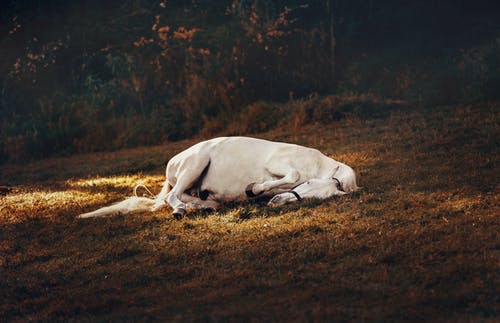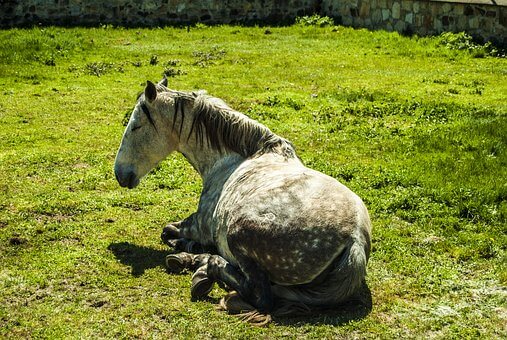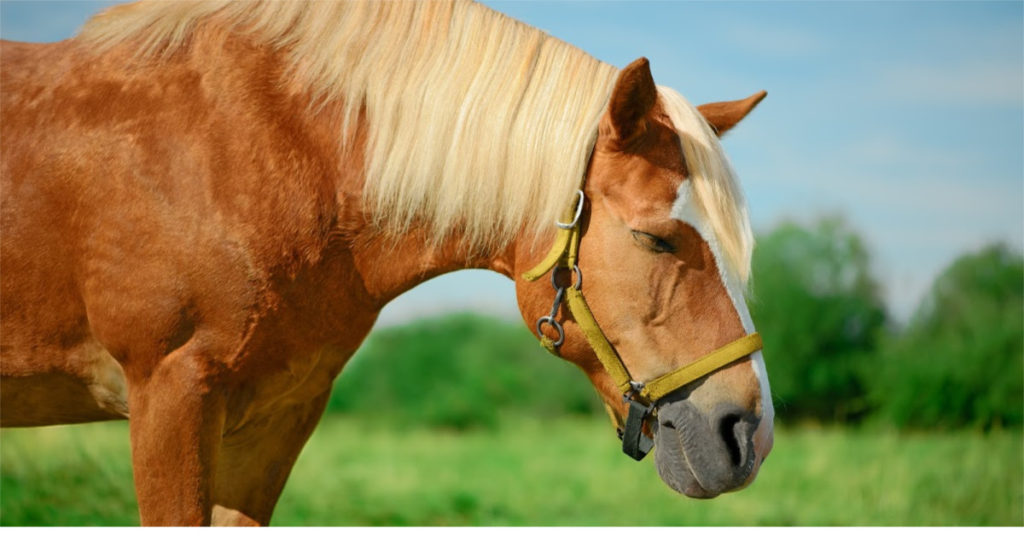Enjoy reading about 3 interesting and fun horse facts for beginners. These are some of the first questions I was asked when teaching young riders and adult riders.


Horse smiling for a treat
1. Horses Smile
Sometimes, a horse might start smiling or laughing.
The horse or pony is doing an action called Flehmen Response. It’s the first of three horse facts for beginners.
Posted by Kentucky Equine Research Inc. | Dec 26, 2010 | Article
Flehmen is the term used to describe the behavior in which a horse extends its neck, raises its head, and inhales as it rolls its upper lip back, displaying its front teeth. Sharon Crowell-Davis, DVM, PhD, Dipl. ACVB explains that horses display the flehmen response to facilitate transfer of inhaled scent molecules (pheromones and possibly some other substances) into the vomeronasal organ (VNO)
https://thehorse.com/150430/flehmen-response-in-horses/
They can be taught to smile with peppermint or treat.





2. Horses Sleep
People might think a horse lying flat on the ground is not alive even though they are actually they are just sleeping.
Like humans, horses sleep in two positions: they will either lie down or stand up. However, unlike humans, horses do not sleep as many hours. Humans tend to sleep 8-10 hours a day, horses only sleep for 1-3 hours during a day.
Contrary to humans, horses can sleep while standing up. This is achieved by locking their front legs straight, preventing them from bending at the knee or ankle and falling over during sleep. However, they do lay down to sleep, if only for an hour within their 24-hour day.
Given their instincts to protect themselves in the wild, they avoid making themselves vulnerable to attack during sleep. This is one important reason why horses are herd animals. Since horses are prey animals. They feel safer with multiple horses who can warn them of danger. Horses have to feel safe and protected when they lie down to sleep.
When they are alone and feel comfortable in their surroundings they might choose lay down in their own fenced paddock. And they might feel safe when they are close to their barn, in a barn stall or in their own fenced pasture. But, I have to add again, horses are herd animals and much happier and safe when they have one or more herd mates.

3. A Horses Eye
Like humans, a horses eye can look like the horses is scared, comfortable, tired, mad, bored, or listening. Their eyes and ears work together so we can read how they are feeling.
The largest eye of all the land mammals belongs to the horse. They come in many colors, but mostly brown. They can see almost 350 degrees around their body. But they have three blind spots. They cannot see the tip of their nose, the center of their forehead, and directly behind their body. As they are eating, they cannot see in front of their nose. Thankfully their whiskers are very sensitive and can help them maneuver around the grass.

